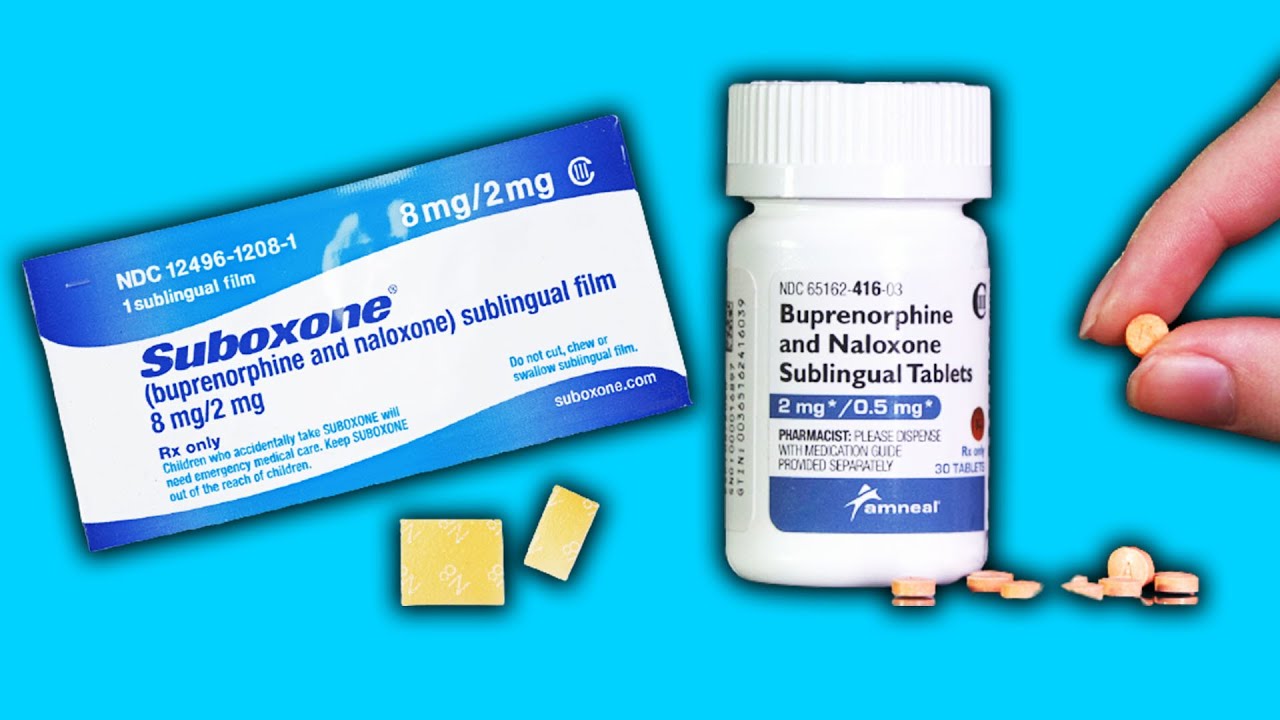Suboxone is a medication used to treat opioid addiction. It is a combination of buprenorphine and naloxone and works by reducing cravings for opioids, relieving withdrawal symptoms, and preventing the effects of other opioids. It is a highly effective treatment for opioid addiction, but it is essential to understand how long it stays in your system.
Suboxone has a half-life of 24-60 hours, which means it takes this long for the body to eliminate half of the medication. However, it can take up to ten days for the medication to be completely eliminated from the body.
The length of time suboxone stays in your system depends on several factors, including the dose, frequency of use, and individual metabolism. The drug can be detected in urine, blood, and saliva for different periods, depending on the testing method used.
Urine tests are the most commonly used method to detect this. The medication can be detected in urine for up to ten days after the last dose. Blood tests can detect suboxone for up to 24 hours after the last dose, while saliva tests can detect the drug for up to two days.
Precautions
It is important to note that suboxone can accumulate in the body with repeated use. This means that it may take longer for the medication to be eliminated from the body if someone has been using it for an extended period.
If you are taking suboxone as part of your addiction treatment, it is important to follow your doctor’s instructions carefully. They will monitor your progress and adjust your medication as needed. It is also important to avoid using other opioids while taking suboxone as this can lead to serious side effects.
Q: What is Suboxone?
A: It is a medication used to treat opioid addiction. It contains a combination of buprenorphine and naloxone.
Q: How does Suboxone work?
A: Buprenorphine is a partial opioid agonist, which means it activates the same receptors in the brain as opioids but to a lesser degree. This helps to reduce cravings and withdrawal symptoms. Naloxone is an opioid antagonist, which blocks the effects of opioids and helps to prevent misuse of the medication.
Q: How is Suboxone taken?
A: IT is taken sublingually, which means it is placed under the tongue and allowed to dissolve. It should not be chewed or swallowed.
Q: What are the side effects?
A: Common side effects include nausea, vomiting, constipation, headache, and sweating. Less common side effects include dizziness, drowsiness, and difficulty sleeping.
Q: Can Suboxone be addictive?
A: While it is a medication used to treat addiction, it can also be addictive if misused or taken in large amounts. It should only be taken as directed by a healthcare provider.
Q: Can Suboxone be used during pregnancy?
A: Suboxone can be used during pregnancy, but it should be used under the guidance of a healthcare provider. It may be safer than other opioid medications during pregnancy, but it can still cause withdrawal symptoms in newborns.
Q: How long should someone take Suboxone?
A: The length of time someone should take Suboxone depends on their individual needs and treatment plan. It may be used as a short-term detoxification medication or as a long-term maintenance medication.
Q: Is Suboxone covered by insurance?
A: It is often covered by insurance, but coverage may vary depending on the individual’s insurance plan and the healthcare provider’s prescription. It is important to check with your insurance provider to understand your coverage options.
Q: How effective is Suboxone in treating opioid addiction?
A: Suboxone has been shown to be effective in treating opioid addiction when used as part of a comprehensive treatment program that includes counseling and behavioral therapy. It can help reduce cravings and withdrawal symptoms and improve the chances of successful recovery.
Q: Is it safe to drive while taking?
A: Suboxone can cause dizziness and drowsiness, which can impair driving ability. It is important to talk to your healthcare provider about any potential side effects and to avoid driving or operating heavy machinery until you know how the medication affects you.
Q: Can Suboxone be used to treat other types of addiction?
A: Suboxone is specifically designed to treat opioid addiction and is not approved for use in treating other types of addiction.
Q: What is the difference between Suboxone and methadone?
A: Methadone is another medication used to treat opioid addiction. Unlike Suboxone, methadone is a full opioid agonist, which means it activates the same receptors in the brain as opioids. Methadone is only available through approved clinics, while it can be prescribed by a healthcare provider and taken at home.
Q: Can be used to treat pain?
A: Suboxone is not approved for use as a pain medication. While it contains buprenorphine, which is a pain medication, it is combined with naloxone to reduce the risk of misuse and overdose. There are other medications available specifically for pain management.
Conclusion
In conclusion, It is a highly effective treatment for opioid addiction, but it is important to understand how long it stays in your system. The drug can be detected in urine, blood, and saliva for different periods, depending on the testing method used. It is important to follow your doctor’s instructions carefully and avoid using other opioids while taking suboxone.

